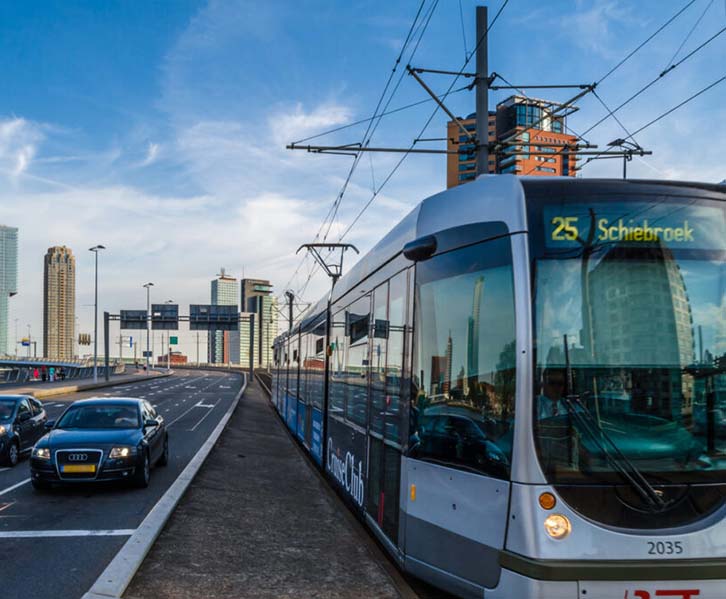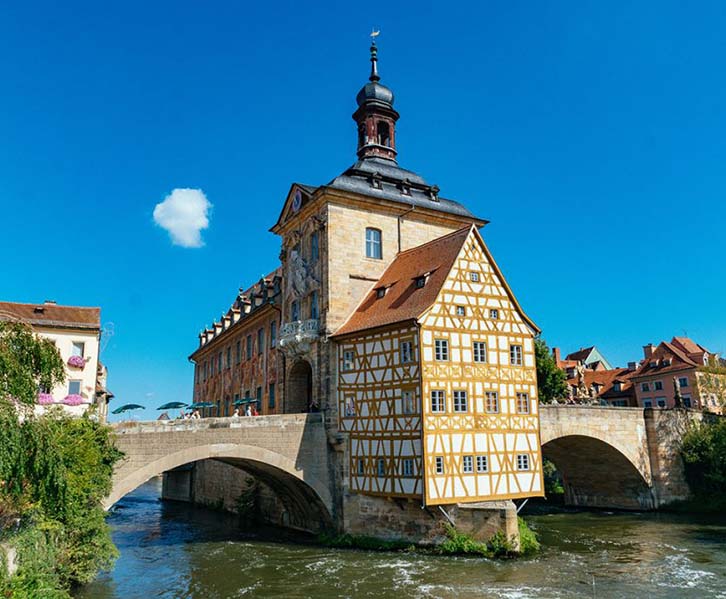Rotterdam, the vibrant and modern Dutch city known for its innovative architecture and bustling port, boasts a highly efficient public transport system that makes navigating the city convenient and enjoyable. Whether you’re a visitor exploring Rotterdam’s many attractions or a local commuting to work, the city’s public transport network offers a variety of options to suit your needs.
1. Public Transport System
Rotterdam’s public transport is primarily operated by RET (Rotterdamse Elektrische Tram), which manages the metro, tram, and bus services. The city also has an extensive network of water taxis and ferries operated by Watertaxi Rotterdam, which offer a unique way to explore the city from the water.
Metro
The metro system in Rotterdam is one of the most efficient ways to travel across the city and to nearby towns. The network consists of five lines, labeled A through E, which connect various parts of Rotterdam with neighboring cities such as The Hague and Spijkenisse.
- Line A (Green): Connects Rotterdam Schiedam Centrum to Binnenhof.
- Line B (Yellow): Runs from Nesselande to Schiedam Centrum.
- Line C (Red): Operates between De Terp and De Akkers.
- Line D (Blue): Travels from Rotterdam Centraal to De Akkers.
- Line E (Purple): Connects Den Haag Centraal with Slinge.
The metro operates from around 5:30 AM to midnight, with trains running frequently during peak hours. Stations are equipped with ticket machines, and maps are readily available to help you navigate.
Trams
Trams are a convenient way to travel short distances within the city. Rotterdam has nine tram lines, which cover a wide range of neighborhoods and key attractions. The trams are numbered from 4 to 25, skipping certain numbers. They are especially useful for reaching places like the Museumpark, the shopping district along Lijnbaan, and residential areas.
Trams generally run from 6:00 AM to midnight, with a reduced schedule on weekends and public holidays. They are easy to spot due to their distinctive blue and white colors, and stops are well-marked throughout the city.
Buses
For areas not covered by the metro or tram lines, Rotterdam’s bus network provides extensive coverage. Buses are particularly useful for reaching suburban areas and locations outside the city center. The bus routes are well-integrated with the rest of the public transport system, making it easy to switch between different modes of transport.
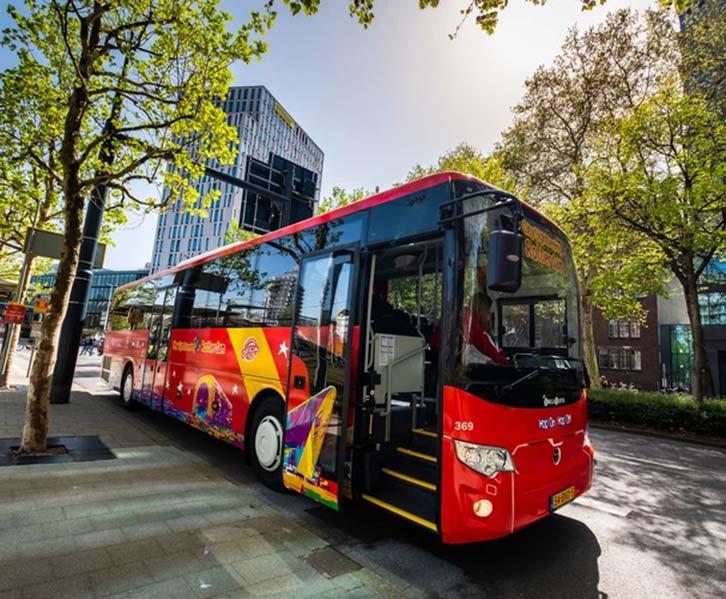
Buses operate from early morning until late at night, with night buses available on weekends to accommodate late-night travelers.
2. Tickets and Payment Options
Rotterdam offers several ticketing options to suit different travel needs. The OV-chipkaart is the most commonly used method for paying for public transport. This smart card can be used across the entire public transport network in the Netherlands, including trains, trams, buses, and metro.
OV-chipkaart
The OV-chipkaart can be purchased as either an anonymous card or a personal card. The anonymous card is ideal for tourists, while the personal card is suitable for residents and frequent travelers.
- Anonymous OV-chipkaart: Available at ticket machines and service counters. It costs €7.50 and can be loaded with credit for pay-as-you-go travel.
- Personal OV-chipkaart: Can be ordered online and linked to a personal bank account for automatic reloading.
To use the OV-chipkaart, simply check in at the start of your journey by holding the card against the card reader at the station or on the bus/tram. Check out at your destination to ensure the correct fare is deducted.
Disposable Tickets
For short stays, disposable tickets are available, which can be purchased at ticket machines, RET Service Points, and sometimes onboard buses and trams. These include:
- One-Hour Ticket: Valid for unlimited travel on all RET services for one hour.
- Day Ticket: Allows unlimited travel on RET services for a full day. It’s a good option for tourists who plan to explore the city extensively.
Tourist Cards
Tourists can also benefit from special cards like the Rotterdam Welcome Card, which includes unlimited travel on RET public transport for one, two, or three days, along with discounts at various attractions.
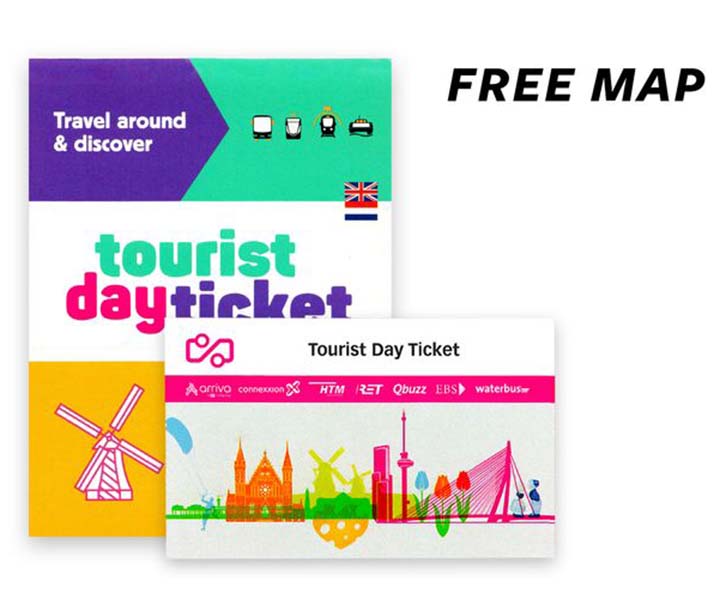
3. Navigating the City
Navigating Rotterdam’s public transport system is straightforward, thanks to clear signage and user-friendly maps available at stations and stops. Additionally, real-time travel information is accessible via the RET app and website, providing details on schedules, routes, and delays.
Key Transport Hubs
- Rotterdam Centraal Station: The main transport hub in the city, connecting metro, tram, bus, and train services. It also offers direct connections to other major Dutch cities and international destinations.
- Beurs Station: A central metro station where multiple lines intersect, making it a convenient transfer point.
- Erasmusbrug (Erasmus Bridge): A major landmark where you can catch water taxis or buses.
4. Water Transport
Rotterdam’s waterways are an integral part of the city’s identity, and water transport offers a unique perspective of the city. Watertaxi Rotterdam provides fast and convenient service across the Maas River and to various waterfront locations.
- Water Taxi: These are small, fast boats that can be hailed or pre-booked. They are perfect for quick trips across the river or for a scenic ride along the waterfront.
- Ferries: Larger ferries operate on specific routes and are ideal for a leisurely journey across the water.
5. Accessibility
Rotterdam’s public transport system is designed to be accessible to all travelers, including those with mobility impairments. Most metro stations have elevators, and trams and buses are equipped with low-floor entry for easy access. Additionally, real-time information screens display arrival times, and announcements are made in both Dutch and English.
6. Safety and Etiquette
Rotterdam is generally a safe city, and its public transport system reflects this. However, as with any urban area, it’s wise to stay alert and keep an eye on your belongings. Here are a few etiquette tips:
- Mind the Gap: Be cautious when boarding and alighting from trams and trains, as there may be a small gap between the platform and vehicle.
- Priority Seating: Give up priority seats to elderly passengers, pregnant women, and those with disabilities.
- Quiet Zones: Some train carriages have designated quiet zones. Respect these areas by keeping noise to a minimum.
- Bicycles: Bikes are allowed on trams and trains outside of peak hours. Check for specific guidelines and designated areas.
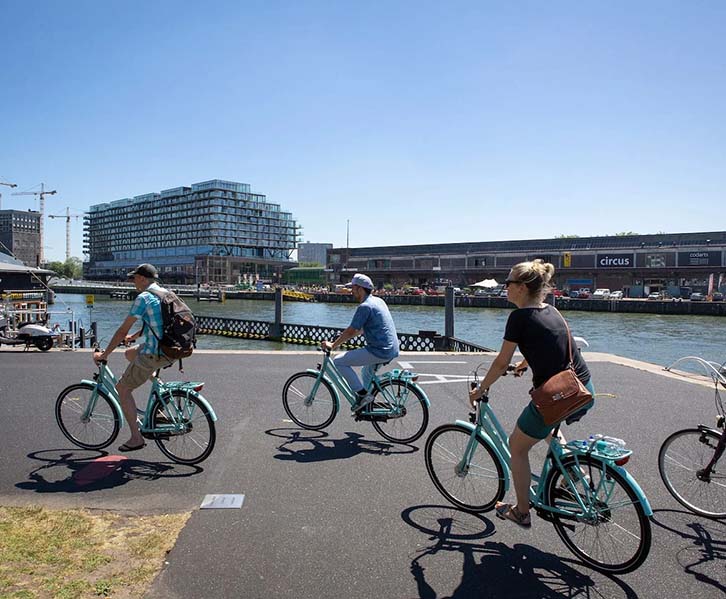
7. Planning Your Trip
To make the most of Rotterdam’s public transport, it’s advisable to plan your journey in advance. Use the RET app or website to check for the best routes, schedules, and any service disruptions. Additionally, Google Maps provides real-time navigation assistance, including public transport options.
8. Special Services and Future Developments
RET continuously works on improving the public transport network. Recent upgrades include new metro lines and modernized trams. Future developments focus on expanding services and enhancing sustainability, with plans for more electric buses and eco-friendly initiatives.
Rotterdam’s public transport system is a model of efficiency and convenience, offering a range of options for exploring the city and beyond. Whether you’re commuting, sightseeing, or simply enjoying a day out, the city’s trams, buses, metro, and water taxis provide reliable and comfortable transportation. By understanding the ticketing system, navigating the network, and following local etiquette, you can make the most of your time in this dynamic and vibrant city.
